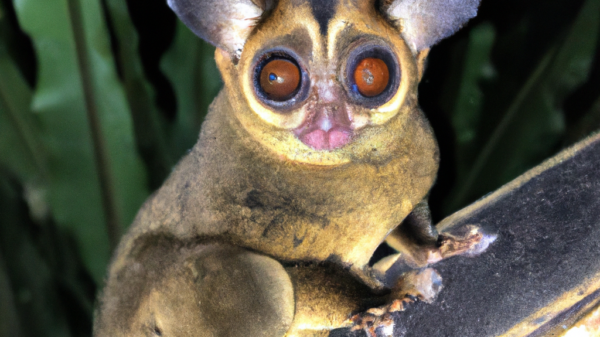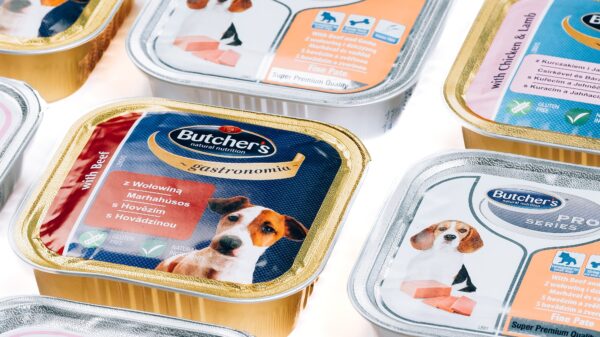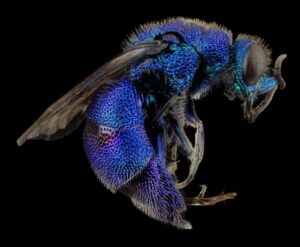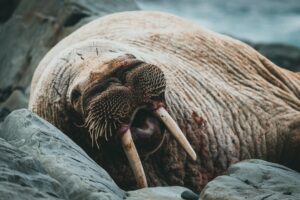
Have you ever wondered about the tiny creatures that float around in the ocean, invisible to the naked eye? These are plankton – a diverse group of organisms that play a crucial role in our planet’s ecosystem. From providing food for marine animals to producing more than half of the world’s oxygen, plankton is an essential component of life on Earth. If you’re ready to explore this fascinating underwater world and learn everything there is to know about these microscopic creatures, then join us for this beginner’s guide to understanding plankton!
Introduction to Plankton
Plankton are tiny organisms that float in the water column of oceans, lakes, and rivers. They are an important part of the food chain, providing a food source for fish, birds, and other animals. Plankton are classified into two main groups: phytoplankton and zooplankton. Phytoplankton are plant-like plankton that use sunlight to produce their own food. Zooplankton are animal-like plankton that feed on other plankton or on detritus (dead organic matter).
Types of Plankton
There are two types of plankton: phytoplankton and zooplankton. Phytoplankton are microscopic plants that float in the water and use sunlight to produce their own food. Zooplankton are tiny animals that feed on phytoplankton and other small organisms. Both types of plankton are essential to the marine food web and play a vital role in the global carbon cycle.
What Do Plankton Eat?
Plankton are tiny organisms that float in the ocean. They are an important part of the marine food chain, as they provide food for many larger animals. Plankton are mostly made up of algae and other small plants, but they can also include small animals.
Most plankton are filter feeders, which means they strain food from the water using their bodies. Some common foods that plankton eat include:
-Phytoplankton: These are microscopic algae that drift through the water column. Phytoplankton are a major source of food for zooplankton (tiny animals).
-Zooplankton: These small animals include crustaceans (like copepods and krill), mollusks (like squid and shrimp), and larvae (of fish, crabs, and other animals). Zooplankton graze on phytoplankton and other small organisms.
-Detritus: This is dead plant and animal matter that sink to the seafloor. Detritus is an important source of food for many deep-sea creatures, as well as some bottom-dwelling creatures like sea cucumbers.
The Role of Plankton in the Food Web
Plankton play a critical role in the food web because they are at the base of the aquatic food chain. Phytoplankton, which are microscopic plants, use sunlight to convert carbon dioxide and water into oxygen and energy through photosynthesis. This process is essential for life on earth, as it provides the oxygen we breathe and the food we eat. Zooplankton, which are tiny animals, graze on phytoplankton and are eaten by larger animals. Plankton are also an important source of food for fish, whales, and other marine mammals. In addition to their role in the food web, plankton also play a significant role in the global climate by absorbing carbon dioxide and producing oxygen.
How Does Plankton Affect Ocean Ecosystems?
Plankton are the foundation of the marine food web and play a vital role in ocean ecosystems. They are food for many small fish, shellfish, and other marine creatures. Plankton also help to recycle nutrients in the ocean and produce oxygen.
When plankton populations are healthy, they can help to control populations of harmful algae and bacteria. However, when plankton populations decline, this can lead to problems such as algae blooms that can harm marine life and water quality.
Is Plankton Endangered?

Yes, plankton are endangered. They are an important part of the ocean’s ecosystem and play a vital role in the food chain. Plankton populations have declined due to a variety of factors, including overfishing, pollution, and climate change. This is cause for concern as plankton are a keystone species in the ocean’s ecosystem. Without them, the entire food chain would be disrupted, which could lead to mass extinctions.
Conclusion
Plankton are an important part of the ecosystem, playing a vital role in the food chain. Understanding more about plankton and their behavior can help us better appreciate how our actions can affect them and even improve their environment. With this beginner’s guide to understanding plankton, we hope you feel better equipped to identify different types of plankton as well as appreciate their importance in our lives.







